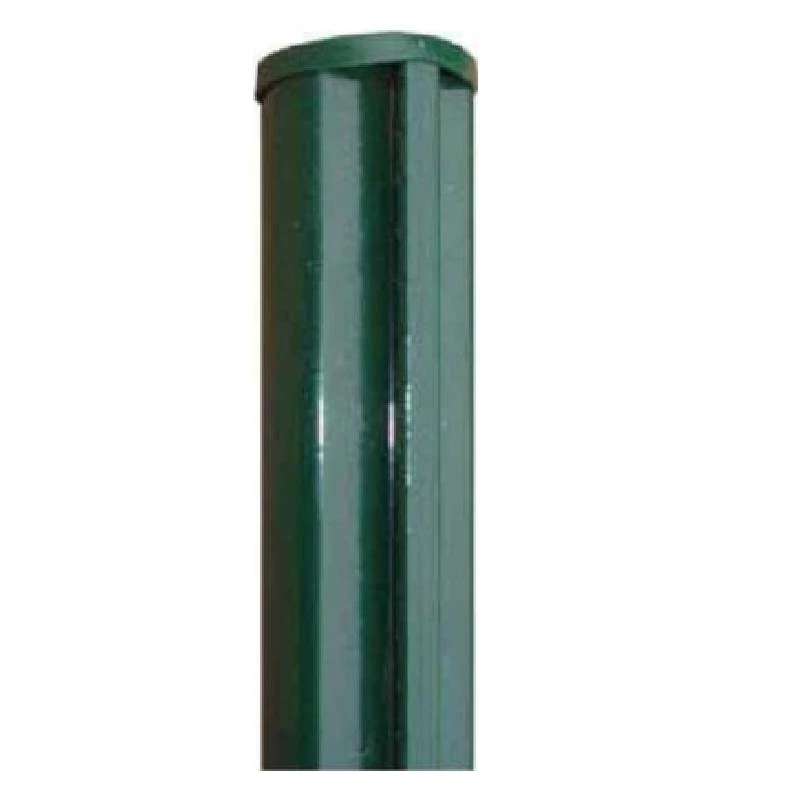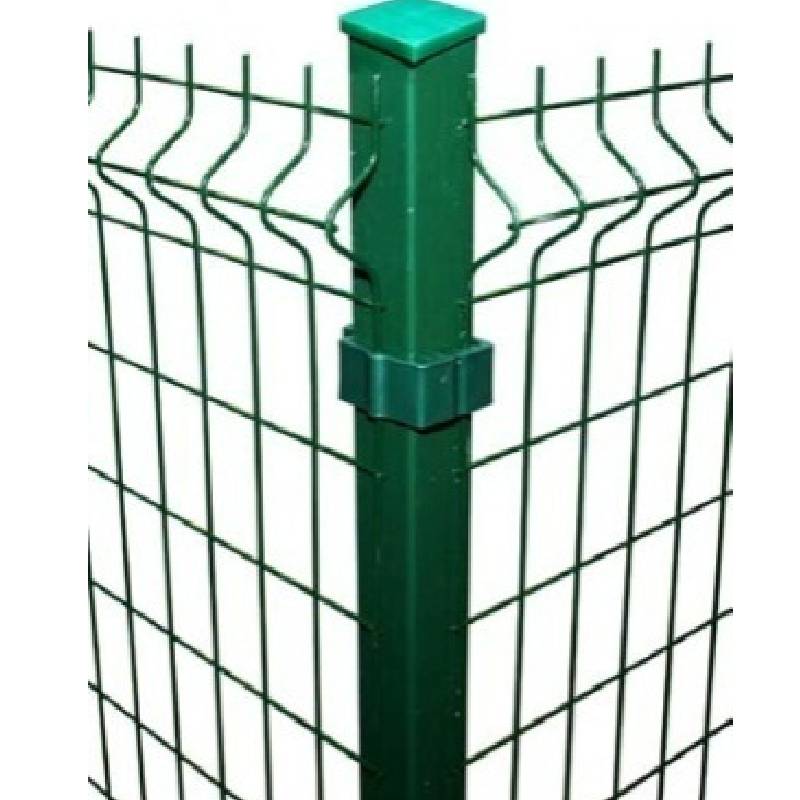-
Email:zhao@hyliec.cn
-
Tel:+86 311 85273988
-
WhatsAPP:8613931128750
-
 africký
africký -
 albánsky
albánsky -
 amharčina
amharčina -
 arabčina
arabčina -
 arménsky
arménsky -
 azerbajdžanský
azerbajdžanský -
 baskický
baskický -
 bieloruský
bieloruský -
 bengálsky
bengálsky -
 bosniansky
bosniansky -
 bulharčina
bulharčina -
 katalánsky
katalánsky -
 Cebuano
Cebuano -
 korzické
korzické -
 chorvátsky
chorvátsky -
 český
český -
 dánčina
dánčina -
 holandský
holandský -
 Angličtina
Angličtina -
 Esperanto
Esperanto -
 estónsky
estónsky -
 fínsky
fínsky -
 francúzsky
francúzsky -
 frízsky
frízsky -
 Haličský
Haličský -
 gruzínsky
gruzínsky -
 nemecký
nemecký -
 grécky
grécky -
 Gudžarátčina
Gudžarátčina -
 haitská kreolčina
haitská kreolčina -
 hausa
hausa -
 havajský
havajský -
 hebrejčina
hebrejčina -
 nie
nie -
 Miao
Miao -
 maďarský
maďarský -
 islandský
islandský -
 igbo
igbo -
 indonézsky
indonézsky -
 írsky
írsky -
 taliansky
taliansky -
 japončina
japončina -
 jávsky
jávsky -
 Kannada
Kannada -
 kazašský
kazašský -
 khmérsky
khmérsky -
 Rwanda
Rwanda -
 kórejský
kórejský -
 kurdský
kurdský -
 kirgizský
kirgizský -
 TBC
TBC -
 latinčina
latinčina -
 lotyšský
lotyšský -
 litovský
litovský -
 luxemburský
luxemburský -
 macedónsky
macedónsky -
 Malgashi
Malgashi -
 malajčina
malajčina -
 malajálamčina
malajálamčina -
 maltčina
maltčina -
 Maori
Maori -
 maráthčina
maráthčina -
 mongolský
mongolský -
 Mjanmarsko
Mjanmarsko -
 nepálsky
nepálsky -
 nórsky
nórsky -
 nórsky
nórsky -
 okcitánsky
okcitánsky -
 paštčina
paštčina -
 perzský
perzský -
 poľský
poľský -
 portugalčina
portugalčina -
 pandžábsky
pandžábsky -
 rumunský
rumunský -
 ruský
ruský -
 Samoan
Samoan -
 škótska galčina
škótska galčina -
 srbský
srbský -
 Angličtina
Angličtina -
 Shona
Shona -
 Sindhi
Sindhi -
 sinhálčina
sinhálčina -
 slovenský
slovenský -
 slovensky
slovensky -
 somálsky
somálsky -
 španielčina
španielčina -
 sundánsky
sundánsky -
 svahilčina
svahilčina -
 švédsky
švédsky -
 Tagalog
Tagalog -
 tadžický
tadžický -
 tamilčina
tamilčina -
 tatársky
tatársky -
 telugčina
telugčina -
 thajčina
thajčina -
 turecký
turecký -
 turkménsky
turkménsky -
 Ukrajinčina
Ukrajinčina -
 urdčina
urdčina -
 ujgurské
ujgurské -
 uzbecký
uzbecký -
 Vietnamci
Vietnamci -
 waleský
waleský -
 Pomoc
Pomoc -
 jidiš
jidiš -
 Yoruba
Yoruba -
 Zulu
Zulu
Stĺpik na oplotenie
What Type Of Fence Post Is Best?
The best type of fence post depends on various factors such as the type of fence, local climate, soil conditions, and personal preferences. Common options for fence posts include:
1. Round steel posts: Round steel posts are a traditional and versatile choice, suitable for various fence types. They can be treated to resist rot and decay, but may require maintenance over time.
2. Square steel posts and rabbet posts offer durability and strength, making them suitable for supporting heavy or high-security fences. They are resistant to rot and insect damage.
3. Steel round posts/ square posts/ rabbet with base plate: They are suitable to install on the concrete ground, and fixed by concrete nails.
What Size Is A Fence Post?
Fence posts come in various sizes, typically having Φ32 Φ34 Φ38 Φ48 Φ60 Φ80 for round steel posts and 40x40 60x60 40x60 60x60 80x80 100x100 etc for square tube posts in dimension. The specific size of a fence post depends on the type of fence being installed, the height and weight of the fence panels, and the local building codes or regulations. It's important to select the appropriate size of fence post to ensure stability and structural integrity for the specific fencing project. Consulting with a professional or referring to local building codes can provide guidance on the recommended size of fence posts for a particular application.
Fence Post FAQ:
What type of fence post is best?
The best type of fence post depends on various factors such as the type of fence, local climate, soil conditions, and personal preferences. Common options for fence posts include round steel posts, square steel posts and rabbet steel posts, posts with base plate or without base plate. Each type has its own advantages and considerations, so it's important to choose the most suitable option based on the specific requirements of the fence project.
What size is a fence post?
Fence posts come in various sizes, typically typically having Φ32 Φ34 Φ38 Φ48 Φ60 Φ80 for round steel posts and 40x40 60x60 40x60 60x60 80x80 100x100 etc for square tube posts in dimension. The specific size of a fence post depends on the type of fence being installed, the height and weight of the fence panels, and local building codes or regulations. It's important to select the appropriate size of fence post to ensure stability and structural integrity for the specific fencing project.
How to install a panel fence?
Paneling a fence involves several steps, including measuring and planning, installing the posts, attaching the panels, adding finishing touches, and performing regular maintenance. It's important to follow the manufacturer's instructions and local building codes when paneling a fence to ensure proper installation and compliance with regulations. If in doubt, it's advisable to consult with a professional or seek guidance from experienced individuals.






